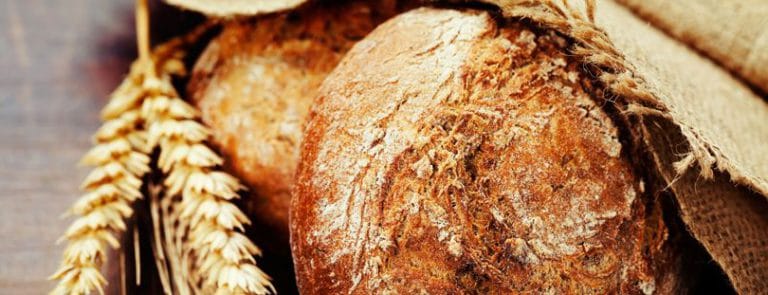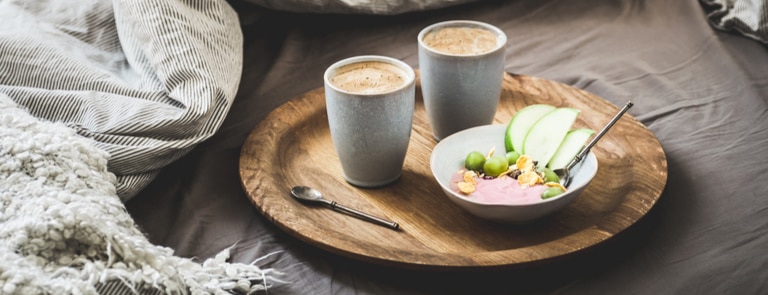20% off €35
Code:SAVE20
How do I know if I have a gluten intolerance?

People who have a gluten intolerance, or are sensitive to gluten, can experience problems including abdominal pain, diarrhoea, fatigue and headaches.
If you always feel tired, have been losing weight, and are suffering with abdominal pain and/or diarrhoea, gluten could be the culprit.
What is gluten?
There is more gluten in our diets than ever before. This glue-like protein found in wheat, rye, oats and barley, 'holds' food products, such as bread, together. Because we’re eating more refined wheat products, such as white bread and pasta, than we used to, this increases the amount of gluten we consume. But this protein may be harming your health.Is it coeliac disease or a gluten intolerance?
One in 100 people are now diagnosed with coeliac disease, which is much more common than previously thought, while thousands more could have it and not realise. Coeliac disease is an autoimmune condition. When sufferers eat gluten, the immune system overreacts and damages the finger-like protrusions in the small intestine called villi that help absorb nutrients. This can cause symptoms such as severe gut pain, weight loss and fatigue. Left untreated, coeliac disease can lead to serious health complications including malnutrition and osteoporosis. But you don't have to have coeliac disease to develop symptoms from eating gluten. People who have a gluten intolerance or are sensitive to gluten can experience problems including abdominal pain, diarrhoea, fatigue and headaches.Take action
If you experience symptoms when eating foods that contain gluten, it's important to first rule out coeliac disease. Ask your GP for tests including a blood test and a small bowel biopsy. Remember, you need to keep eating gluten during this time in order for the results to be accurate. If your symptoms don't improve and your tests don't show any other problem, keep a food and symptoms diary for two weeks to pinpoint any foods that might be causing your symptoms. The only real way to see whether gluten is the culprit is to remove it from your diet for a short period of time (up to two weeks) and see if you notice any improvement. If you want to carry on with a gluten-free diet, seek advice from your GP or a dietician to make sure you're still getting a healthy balance of nutrients from the foods you eat (see below).Find gluten-free foods
A gluten-free diet doesn't mean a diet devoid of taste or choice. Many foods are naturally gluten-free: fresh fruit and vegetables, grains like quinoa, meat, poultry, fish, cheese and eggs. Use these as the base for many of your meals. Drinks such as fruit juice, flavoured water, cordials and wine are also free from gluten. You can buy gluten-free foods, such as specially made gluten-free flour, bread, pasta, crackers and biscuits, from good health food stores. Some options may not be as high in fibre, iron, folic acid and B vitamins as their gluten-containing counterparts, so taking a daily high-strength multivitamin may help. If you think you could have a gluten intolerance, find out if going gluten-free could help your symptoms. Shop our Food & Drink range.This article has been adapted from longer features appearing in Healthy, the Holland & Barrett magazine. Advice is for information only and should not replace medical care. Please check with your GP before trying any remedies.



